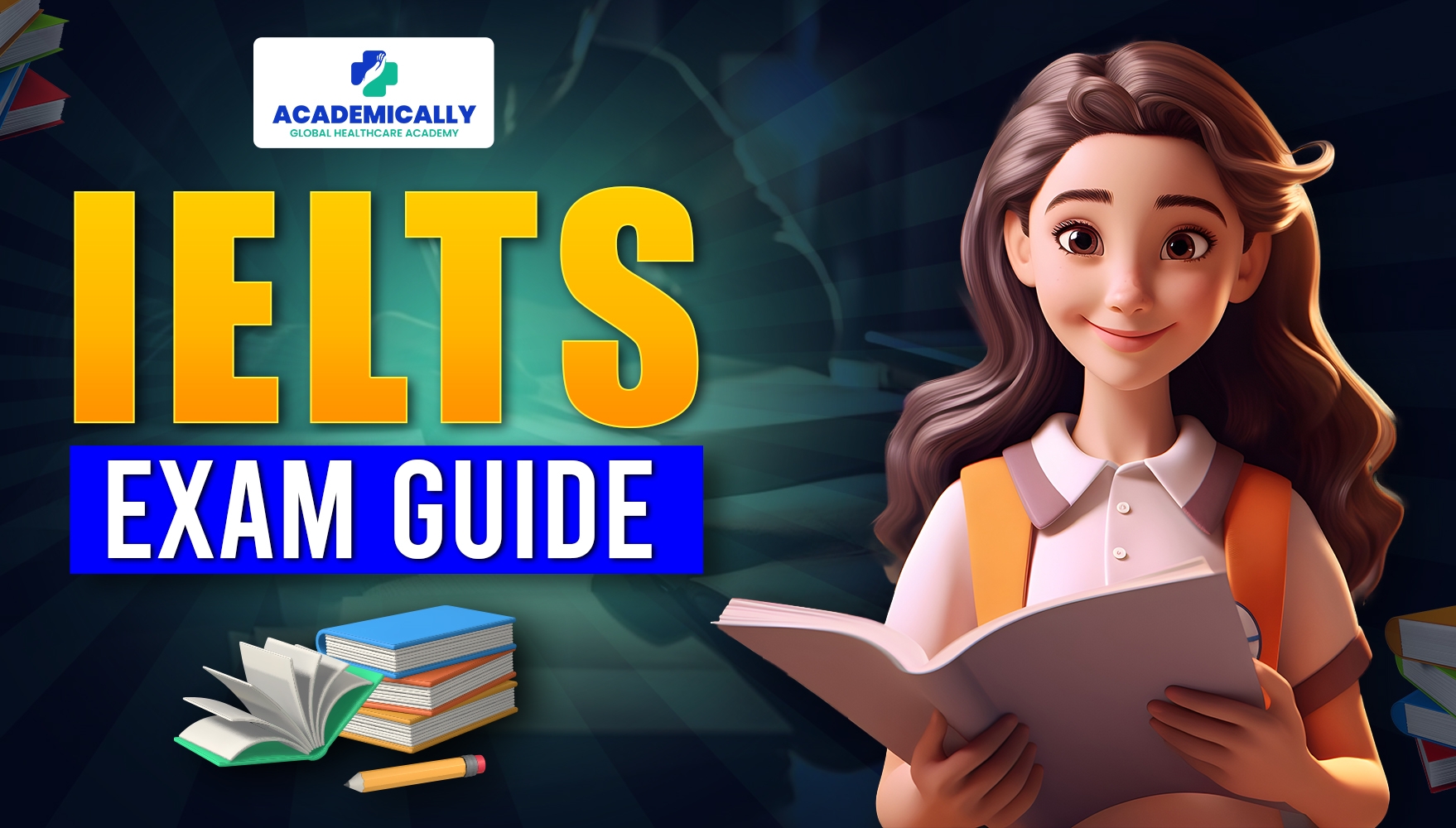The International English Language Testing System (IELTS) is a standardized test used to assess the language proficiency of non-native English speakers. It is recognized by over 10,000 organizations worldwide, including universities, employers, and immigration authorities.
There are two types of IELTS tests: Academic and General Training. The Academic test is for those who wish to study at a university or college in an English-speaking country, while the General Training test is for immigration purposes or for those seeking work experience in an English-speaking country.
Everything About IELTS Exam
The IELTS exam consists of four sections: Listening, Reading, Writing, and Speaking. The Listening and Speaking sections are the same for both the Academic and General Training tests, while the Reading and Writing sections differ slightly based on the type of test.
The Listening section lasts for approximately 30 minutes and consists of four recordings of native English speakers. Test takers are required to answer questions based on the recordings. The Reading section is 60 minutes long and includes three reading passages with a variety of question types.
The Writing section consists of two tasks: Task 1 requires test takers to describe visual information, such as graphs or charts, while Task 2 involves writing an essay in response to a given question. The Speaking section is a face-to-face interview with a certified examiner and assesses the test taker’s ability to communicate effectively in spoken English.
Scoring for the IELTS exam is on a scale of 0 to 9, with each section scored individually and then averaged for an overall band score. Most universities and employers require a minimum band score for admission or employment, with higher scores typically indicating a higher level of English proficiency.
In conclusion, the IELTS exam is an essential test for non-native English speakers looking to study, work, or immigrate to an English-speaking country. By understanding the structure of the exam and preparing adequately, test takers can improve their chances of achieving their desired band score and reaching their goals.
